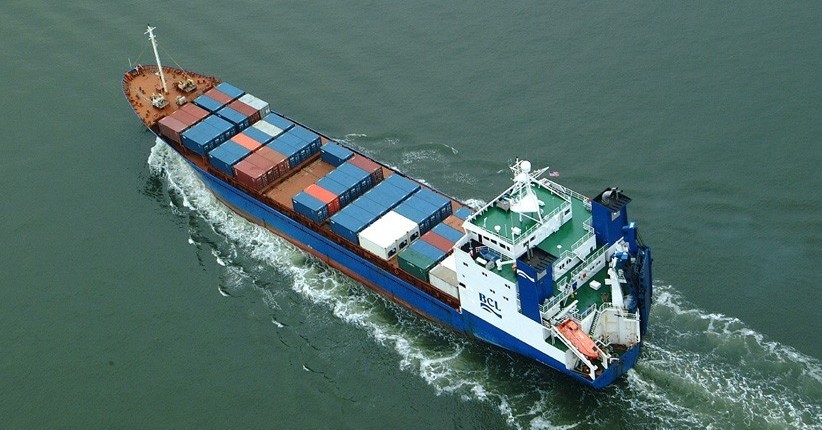Researchers with the Global Carbon Budget released their annual update for the global carbon budget in December 2015, revealing carbon dioxide (CO2) emissions from fossil fuels increased slightly in 2014 (+0.6%), but are projected to decline slightly (by est. -0.6%) in 2015. The global oceans serve as a natural buffer, offsetting increased emissions by absorbing an estimated 27% of human-produced CO2 from the atmosphere in 2014. Data collected, in part, from long-term surface ocean CO2 monitoring efforts, funded by NOAA’s Climate Program Office and the Ocean Acidification Program, indicate that the oceans removed about 10.7 billion tons of CO2 from the atmosphere in 2015.

CO2 is a greenhouse gas whose concentration in the atmosphere increases from the burning of fossil fuels and cement production, and from deforestation and other land-use changes. To understand the total amount of CO2 on our planet, researchers must look at the places where this carbon is absorbed and stored: the atmosphere, land, and ocean.
Across the global ocean there is a continual flux of CO2 in surface waters as it equilibrates with CO2 in the atmosphere. Natural cycles in weather, climate, and ocean currents alter the rate at which the ocean takes up and releases CO2 from the atmosphere. These cycles take place across various time and geographic scales and include phenomena such as El Niño, which increases the rate of CO2 uptake in equatorial regions, as well as changes in temperature and the upwelling of deep ocean water.
To determine and record these changes, it is important to have a sustained long-term ocean monitoring effort in place. The Surface Ocean CO2 Atlas (SOCAT) is a combined international effort that provides a comprehensive record of 14.7 million surface water CO2 measurements for the world’s oceans and coastal seas. These measurements, collected from ships, moorings and drifters, provide researchers with a means to calculate the total amount of CO2 the oceans are taking up. This, in turn, contributes to the estimation of the overall change in the ocean carbon sink and can be used to measure changes in processes such as ocean acidification.
NOAA’s Atlantic Oceanographic and Meteorological Laboratory (AOML) leads an effort that contributes about one-third of the data to the SOCAT record. This data is collected from a fleet of about 14 ships managed by investigators at AOML, its sister labs, the Pacific Marine Environmental Lab & Earth System Research Lab, and four academic partners. This fleet, known as the Ship Of Opportunity Program (SOOP-CO2), is the world’s largest coordinated CO2 sampling operation and is made up of a network of cargo vessels, cruise ships, and research vessels.

While underway, these vessels collect about 20 surface ocean measurements per hour, equating to about 500 data points per day. AOML pioneered the development of the technology used to autonomously measure CO2 in the surface ocean. This technology, now part of a commercial enterprise, is considered the gold standard for obtaining surface ocean CO2 measurements around the world.
The Global Carbon Project (GCP) assists scientists in establishing the knowledge base for supporting policy debate and action to slow the rate of increase of greenhouse gases in the atmosphere. GCP works under the auspices of the International Geosphere and Biosphere Programme (IGBP) and Future Earth. More information about the GCP can be found here.
Originally Published by Edward Pritchard, 2015
